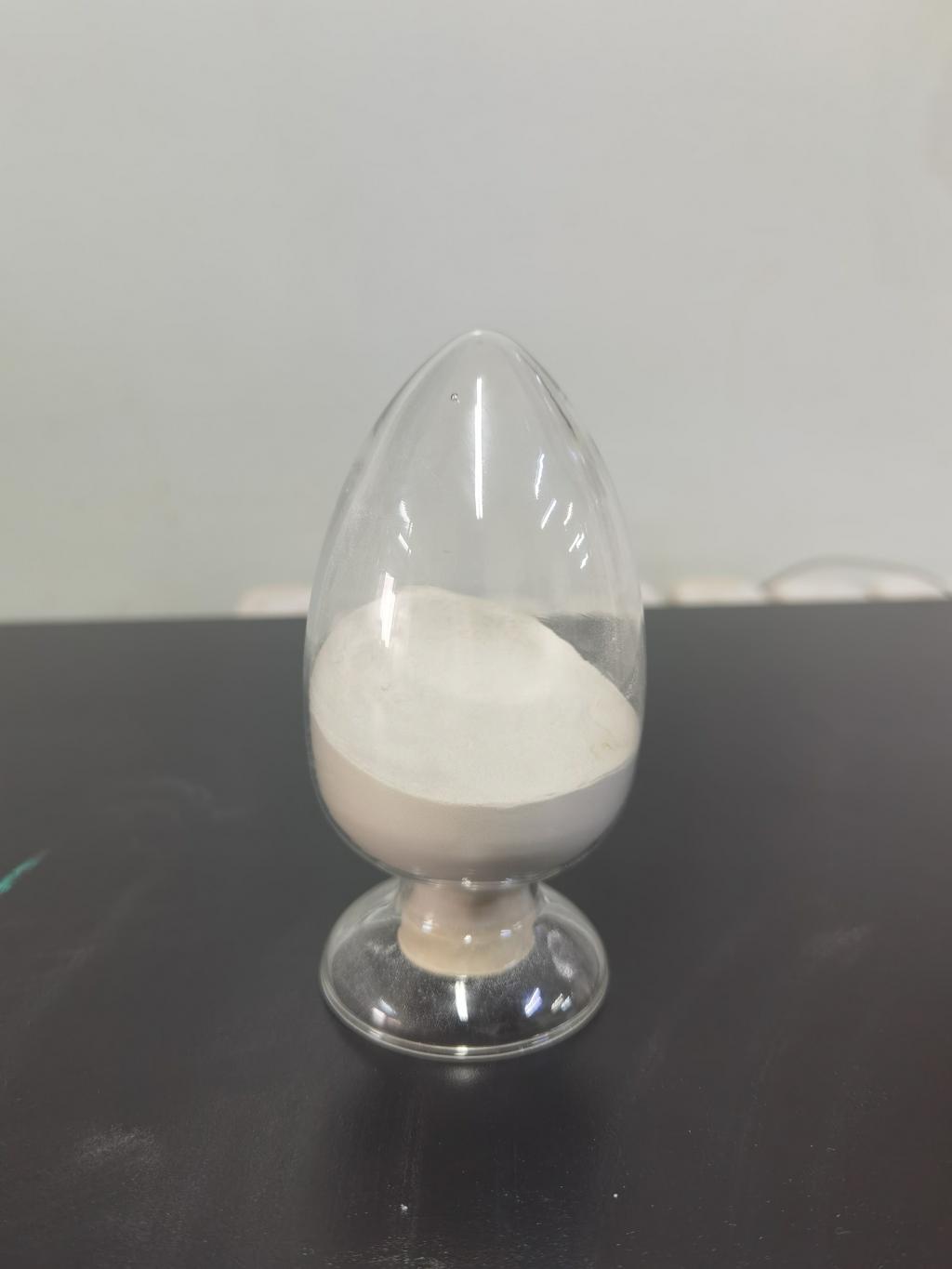Tel:+8618231198596

News
 CONTACT
CONTACT
 CONTACT
CONTACT
- Linkman:Linda Yao
- Tel: +8618231198596
- Email:linda.yao@dcpharma.cn
- Linkman:CHARLES.WANG
- Department:Overseas
- Tel: 0086 0311-85537378 0086 0311-85539701
News
Current Position:
Home >
News
>Evaluating the cost-effectiveness of Nisin compared to other preservatives.
Evaluating the cost-effectiveness of Nisin compared to other preservatives.
TIME:2024-04-29
Nisin: An Overview
Nisin is a bacteriocin produced by certain strains of Lactococcus lactis, a bacterium found in dairy products. It is approved as a food preservative in many countries and is known for its broad-spectrum antimicrobial activity against a variety of Gram-positive bacteria, including some pathogenic strains. Nisin works by disrupting the cell membrane of susceptible bacteria, leading to their death or inhibition.
Traditional Preservatives
Chemical preservatives, such as sorbic acid, benzoic acid, and sulfites, have long been used in the food industry to prevent microbial spoilage and extend shelf life. These preservatives are effective against a wide range of microorganisms and are relatively inexpensive to produce and incorporate into food products. However, concerns have been raised regarding their safety and potential adverse health effects, leading to increased interest in natural alternatives like nisin.
Cost-Effectiveness Analysis
To evaluate the cost-effectiveness of nisin compared to traditional preservatives, several factors must be considered:
Cost of Production: The cost of producing nisin versus chemical preservatives depends on factors such as raw material costs, production processes, and economies of scale. While the production of nisin may require specialized fermentation techniques, its use of natural substrates and microbial fermentation can result in competitive production costs compared to synthetic chemical preservatives.
Efficacy and Shelf Life Extension: The effectiveness of a preservative in extending the shelf life of food products directly impacts its cost-effectiveness. Studies have shown that nisin exhibits comparable or superior antimicrobial activity to traditional preservatives, leading to similar or longer shelf life extensions for a wide range of food products.
Regulatory Considerations: Regulatory approval and compliance requirements can also affect the cost-effectiveness of preservatives. Nisin is approved for use as a food additive in many countries, but regulatory processes and associated costs may vary depending on the jurisdiction and intended application.
Consumer Perception and Market Demand: Consumer preferences for natural and clean-label ingredients may drive the demand for nisin and other natural preservatives, influencing their cost-effectiveness compared to chemical alternatives. Additionally, market dynamics, such as supply chain constraints and competitive pricing, can impact the overall cost of preservatives in the food industry.
Case Studies and Economic Analyses
Several case studies and economic analyses have been conducted to assess the cost-effectiveness of nisin compared to traditional preservatives in specific food applications. These studies have yielded mixed results depending on factors such as the type of food product, production scale, and regional market dynamics.
For example, a study comparing the use of nisin versus sorbic acid in cheese production found that while the initial cost of nisin was higher, its superior antimicrobial activity resulted in longer shelf life and reduced product loss, ultimately leading to cost savings over time.
Similarly, economic analyses of nisin use in meat and poultry products have demonstrated potential cost savings through reduced microbial contamination and extended shelf life, despite slightly higher ingredient costs compared to chemical preservatives.
Conclusion
In conclusion, nisin represents a cost-effective alternative to traditional chemical preservatives in many food applications, offering comparable or superior antimicrobial activity and shelf life extension benefits. While the initial production costs of nisin may be higher than some chemical preservatives, its natural origin, safety profile, and consumer demand for clean-label ingredients contribute to its overall cost-effectiveness. Further research and economic analyses are warranted to fully assess the cost-effectiveness of nisin in specific food products and market contexts.
- Tel:+8618231198596
- Whatsapp:18231198596
- Chat With Skype







